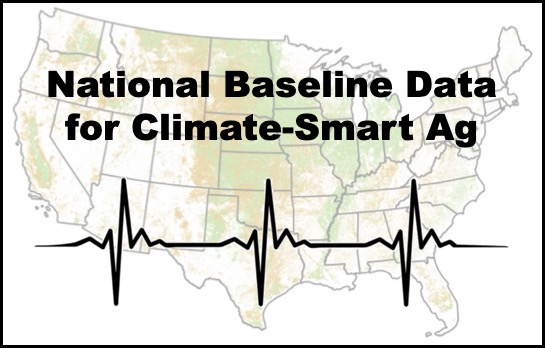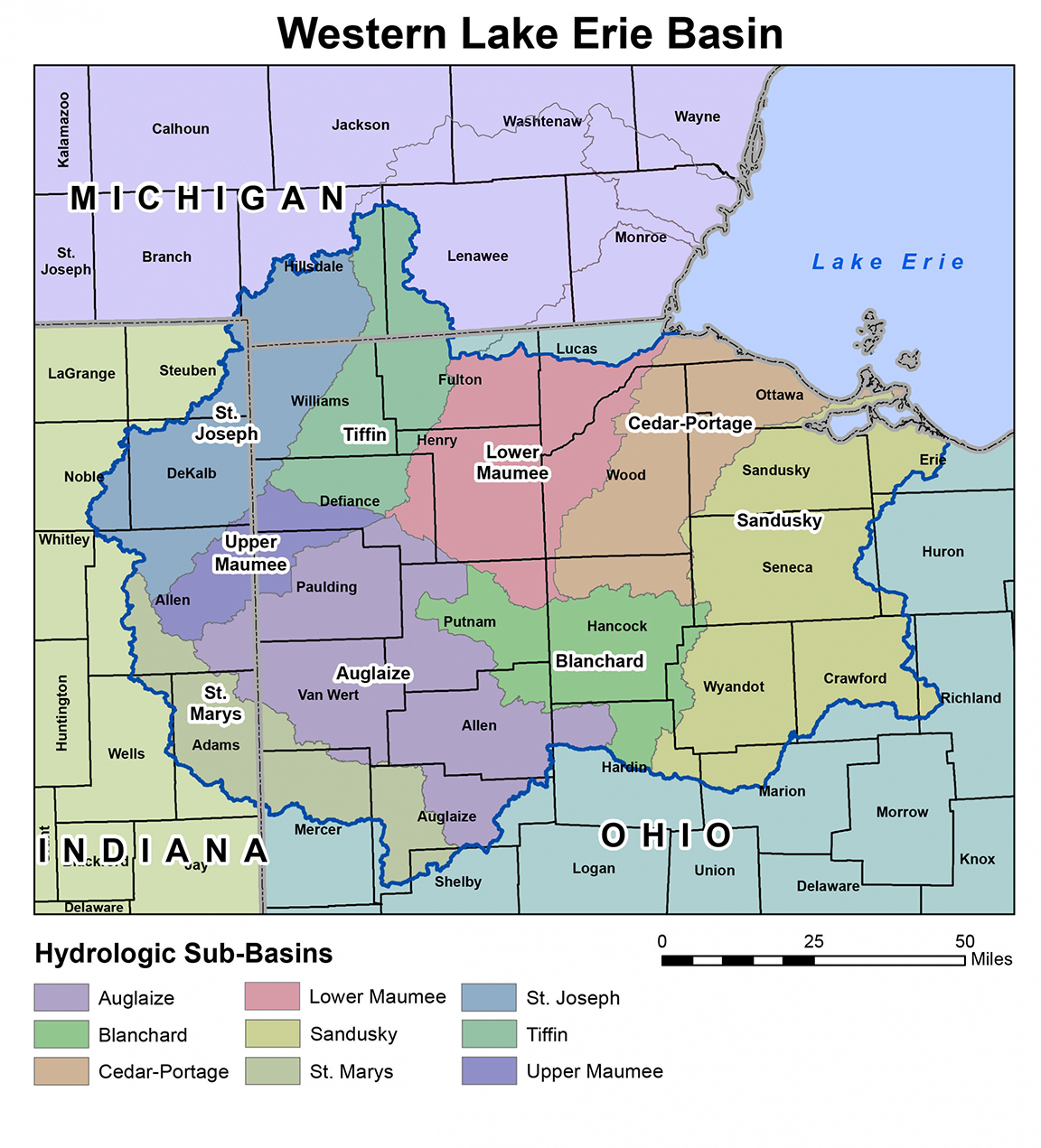The Denitrification-Decomposition (DNDC) Model
Simulating the Effects of Conservation Ag Practices
The Denitrification-Decomposition (DNDC) model is a process-based, soil biogeochemical model that simulates both aerobic and anaerobic soil conditions, estimates crop yields based on a detailed crop physiology-phenology model, and is designed for assessing the impact of alternative management (mitigation strategies) on short-term and long-term soil organic carbon (SOC) dynamics and emissions of N2O, NO, CH4, and NH3 from both upland and wetland agricultural ecosystems (Li et al. 1992, Li et al 1994, Li 2001, Gilhespy et. al. 2014). DNDC runs on daily time steps. The model consists of two components. The first component, consisting of the soil, climate, crop growth, and decomposition sub-models, predicts soil temperature, moisture, pH, redox potential (Eh) and substrate concentration profiles driven by ecological drivers (e.g., climate, soil, vegetation, and anthropogenic activity). The second component, consisting of the nitrification, denitrification, and fermentation sub-models, predicts emissions of carbon dioxide (CO2), methane (CH4), ammonia (NH3), nitric oxide (NO), nitrous oxide (N2O) and dinitrogen (N2) from the plant-soil systems. Classical laws of physics, chemistry and biology, as well as empirical equations generated from laboratory studies, have been incorporated in the model to parameterize each specific geochemical or biochemical reaction. The entire model forms a bridge between the C and N biogeochemical cycles and the primary ecological drivers. The DNDC model has been applied across a wide range of agro-ecosystems globally, extensively validated and peer-reviewed in more than 200 peer-reviewed publications.
DNDC requires data on soils (pH, soil carbon, bulk density, and soil texture), cropping areas and rotations (single rice, rice-wheat, etc.), daily weather, and management practices (e.g. fertilizer use, planting and harvesting dates, tillage, and water use). By tracking crop biomass production and decomposition rates, DNDC simulates long-term SOC dynamics. DNDC predicts N2O emissions by tracking the reaction kinetics of nitrification and denitrification across climatic zones, soil types, and management regimes.
Regrow provides DNDC-based data services to clients seeking to understand the adoption of conservation practices at a range of scales, from sub-field to regional. Please contact Regrow for more information.
Gilhespy, S.L., Anthony, S., Cardenas, L., Chadwick, D., del Prado, A., Li, C., Misselbrook, T., Rees, R.M., Salas, W., Sanz-Cobena, A., Smith, P., Tilston, E.L., Topp, C.F.E., Vetter, S., Yeluripati, J.B., 2014. First 20 years of DNDC (DeNitrification DeComposition): model evolution. Ecol. Model. 292, 51–62.
Li, 2001. Biogeochemical concepts and methodologies: development of the DNDC model. Quat. Sci. 2, 89–99.
Li, C., Frolking, S., Frolking, T.A., 1992. A model of nitrous oxide evolution from soil driven by rainfall events: 1. Model structure and sensitivity. J. Geophys. Res. 97, 9759–9776.
Li, C., Frolking, S., Harriss, R., 1994. Modeling carbon biogeochemistry in agricultural soils. Glob. Biogeochem. Cyc. 8, 237–254.
How does DNDC Work?
The DNDC model was used to predict the environmental consequences of tillage, crop residue cover, winter cover, and soil health practices based on OpTIS mapping. Click below for a detailed report on DNDC methodology.
OpTIS Webinar
Want to learn more about the OpTIS Data Update? View the 2019 July webinar hosted by CTIC. Use the links below to access the webinar resources.


